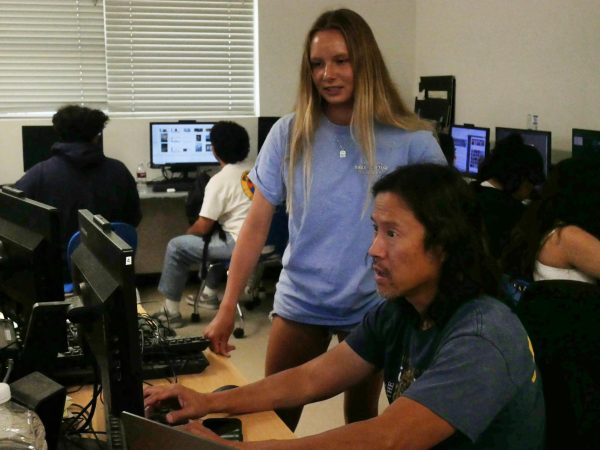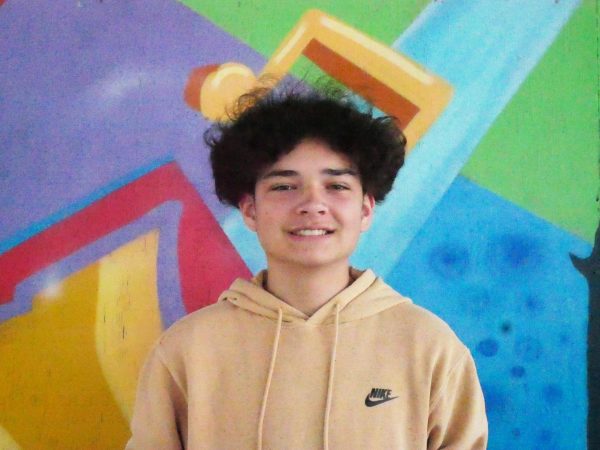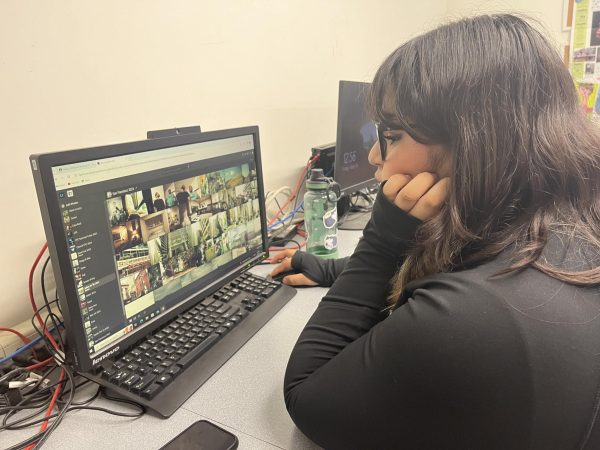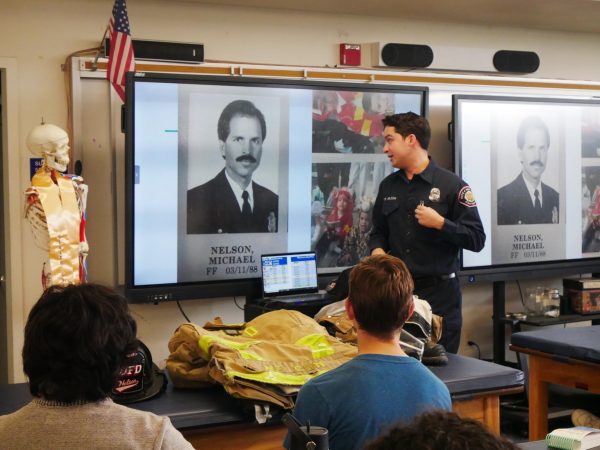A future filmmaker’s distress
The brightness from the sixty-five-inch screen made my eyes much more irritated that Friday night. They couldn’t be more strained after an exhausting week of ingenuine smiles plastered on my face to customers for hours on end at my work. My eyes could no longer bear.
Though, my eyes were so fixated on those gems glistening before me.
These gems, created by a director I’ve grown to adore; Ari Aster.
Born in the city of dreams itself, 33 years young, and already a successor of our generation in the art of filmmaking and most significantly, horror. Horror: a genre in film that has come to flourish and step further outside the box and—in Aster’s case—boundaries.
The eeriness of his two films, Midsommar and Hereditary, can make one walk out of a theatre with an unsettled stomach or a stronger parasympathetic nervous system. And that Friday, I delved into the scenically appealing, folk-film centered around a past break up of Aster’s, Midsommar, with a twist of a mushroom-drugged cult, set in the flowery meadows of Sweden. And dare I say, one of the brightest-lit horror films of all time.
As I watched, I became envious over his strategic cinematography in attempting to trick a viewer from feeling content with showing bright blue, pink, and yellow flowers, to showing gory deaths with bones sticking out of places that no one would like to experience seeing. His literalness in picturing true heartbreak and woe can make one relate with this film’s underlying meaning. And truly, this art is one I’d like to attempt in the future, though, with what tools?
There’s, of course, a limit to these tools as a teenager in high school who has big dreams, but only a few bucks in their pocket. I can maybe keep working to afford a better quality camera for filming, but how am I able to learn the ways of a director, cinematographer, actor, set designer, or scriptwriter? How can I become the next Kubrick, Spielberg, or even Tarantino?
If one thing’s clear: classes are essential to teaching any techniques possible.
Even so; with our school district still millions in debt, there can be room made for a class hinged on the universe of filmmaking.
A class where students can analyze films, like the class social issues in film, on a daily, picking out elements such as the plot, it’s theme(s) and tone(s), acting and characters, pacing, cinematography or the score. Though, the class would be more of a focus on how to bring these factors to life. These elements are what truly bring a film together and teach many lessons along the way—not just to the audience—but the director and contributors themselves.
“Films encourage ideas and social commentary within communities. They have the power to express a culture’s ideals and shape them. Art, especially film, is important because it gives us the ability to form lasting human connections through by letting us share our experiences with each other,” as stated by Lindenwood University alumnus, Nathan Rohe.
My generation is what those below us are going to rely on for these impactful and needed films. Without these classes, there’s not an effective way to really capture individuals’ attention regarding certain issues and concerns, or even just pursue this creative outlet for any desires.
“Film is a reflection of society, both present and past. I think the film and it’s innovations sometimes have to catch up to society but sometimes it leads society too. Movies are stories, movies are people who come out with ideas about something they want to say, something they want to tell someone. Movies are a form of communication and that communication, those stories, come from societies- not just where society is presently and what it’s doing now- but where society has been,” actor, producer, and president of the Academy of Motion Picture Arts and Sciences, Tom Sherak said.
Over the course of 2 hours, my eyes were still glued to the screen. I could care less for my tired state, because when the film began to conclude with the protagonist in tears, I knew I wanted to create like Aster would.
“Film is incredibly democratic and accessible, it’s probably the best option if you actually want to change the world, not just re-decorate it,” anonymous street artist and director, Banksy said.

My name is Kara Barragan and this is my fourth and final year with the Crusader. As a freshman I was on the lookout for an outlet where I could put out...











Eric Helle • Nov 28, 2019 at 10:49 am
Kara, I agree that film is an important media with the power to entertain, inform, persuade, and inspire. At the Fall JEA/NSPA National High School Journalism Convention, I attended a session that opened my eyes to the power of our smart phones and the free apps available to help us develop our own skills in storytelling.
As Sports Editor, you have so much opportunity to create narratives that can achieve much of what you write about here. I hope you seize rhe opportunity in front of you. All communities, including your school community, need stories that reflect their experiences.